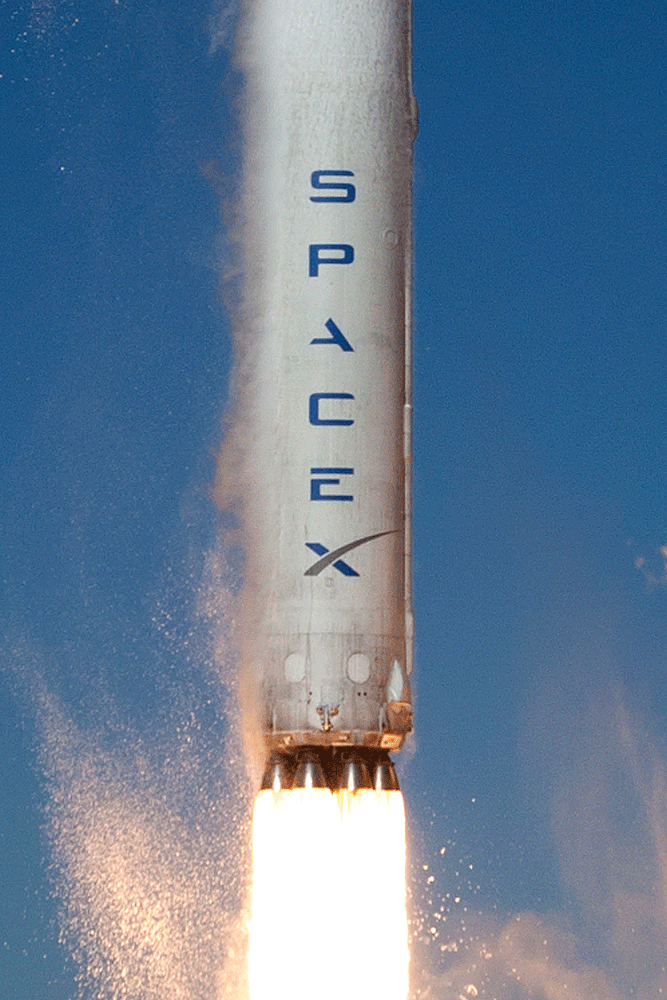
Kin Ho
Staff Writer
SpaceX, the American aerospace manufacturer and space transport services company, made history just last week by successfully landing a rocket back on Earth after launching it into space. Taking off from Cape Canaveral, Florida on the evening of Mar. 30, Falcon 9 returned to its launch site on Apr. 4.
Shortly after landing, SpaceX CEO Elon Musk made an appearance on the company’s live stream, addressing the accomplishment.
“It means you can fly and refly an orbital class booster, which is the most expensive part of the rocket. This is going to be, ultimately, a huge revolution in spaceflight,” he said to viewers.
Up until last week, orbital rockets have been expendable, basically discarded and scrapped after their launch into space. The tens-to-hundreds of millions of dollars required to finance such construction becomes wasted after each model.
With this new innovation, SpaceX now becomes able to save heavily on manufacturing costs for each mission, allowing for more expeditions and information to be gathered overall.
Its success proves to be a landmark moment in SpaceX’s continuous quest for the reusability of aerospace projectiles. The 14-story core of the Falcon 9 (recognized as the first stage), containing the main engines and majority of the fuel needed for takeoff, can be reused to successfully launch another entity into space again.
The safe return of the first stage after the recent launch means that the rocket is poised to launch again for a third time.
“It’s been 15 years to get to this point, it’s taken us a long time,” Musk said. “A lot of difficult steps along the way, but I’m just incredibly proud of SpaceX for being able to achieve this incredible milestone in the history of space.”
After suffering significant ideological and financial setbacks in September, when a rocket suffered critical failure and exploded on the launchpad, the $50 million dollar payload would be merely a hurdle rather than a barrier to the SpaceX objective.
Recovering and regaining its space launch credentials with this reusable rocket, SpaceX has promised to execute launches with more frequency (up to every two weeks).
With five previous failures, the March landing marks its sixth successful sea landing, and also the first time a Falcon 9 has landed twice. The repeatability of success solidifies the successful replication of future space exploration.
According to Loren Grush of The Verge, if SpaceX wants to take advantage of the economic benefits and maximize the cost efficiency of its reusable rockets, to launch and relaunch these vehicles as frequently as possible would be the optimal method to do so.
Before each rocket can re-launch, it must go through vigorous procedures of inspection, refurbishment, and testing to ensure it’s spaceflight capability.
According to Gwynne Shotwell, President and Chief Operating Officer of SpaceX, it took the corporation up to four months to prepare the rocket for flight. Yet, the future for SpaceX looks optimistic as the company is working to shorten the time for turnaround.
This has decidedly become an incredible innovation in space travel and technology. And practice for such will be plentiful this year, as SpaceX aims to launch up to six previously-flown and used Falcon 9s by December.










